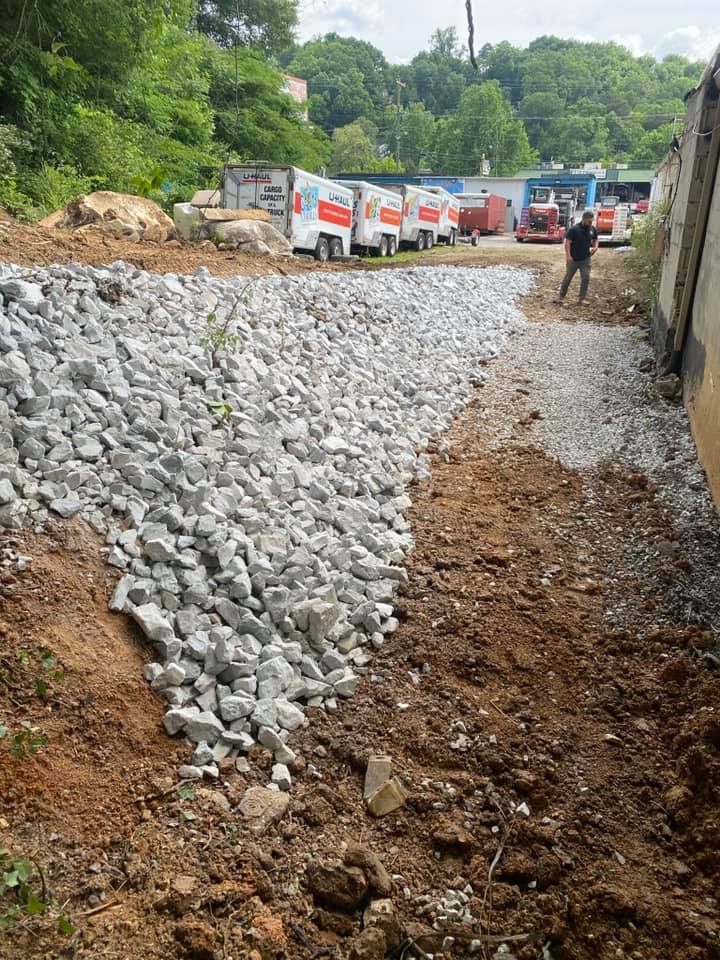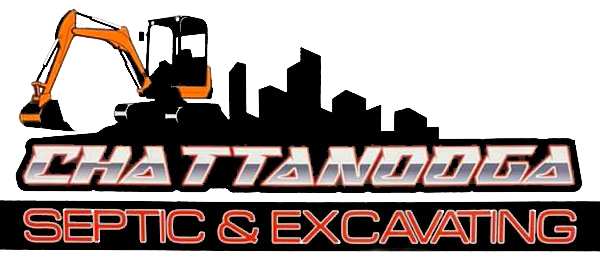Septic Tank Inspection
FREE ESTIMATE
LICENSED AND INSURED
PRICE-MATCHING AVAILABLE
Hours:
We'll Make Sure Your Septic System Runs Smoothly
Septic system maintenance is essential to avoid cesspools from forming on your front lawn. It's recommended to have a routine septic inspection at least every three years to clear out sludge levels and refresh the life of your septic tank.
Call the experts at Chattanooga Septic Systems for septic installation, septic tank pumping and septic repair. Our highly qualified professionals have the expertise to detect and fix any septic problem you might come across.
3 Things to Check on a Septic Tank
Scum and Sludge Level Check
The septic tank has three layers. The bottom most is the sludge layer. Heavy particles settle and accumulate in this layer. The liquid layer sits in the middle and is normally the bulk of the material in your tank. The top has a thin layer of scum from the oils and fats that separate from the waste. In case the sludge level rises, pumping is required to avoid a costly septic repair bill.
Check the Pipes and Other Mechanisms
Mineral deposits and debris can settle into pipes and cause them to clog and rust. When your septic system starts showing signs of failure, a thorough inspection is all that you need. A good inspection can save you thousands of dollars by catching problems early and preventing further damage.
Drain Field Check
During the inspection, our certified professionals will thoroughly check your absorption field. Water pooling, strong odors from the ground, and a rapidly growing patch of grass indicate potential septic system troubles. Diagnosing such minor issues and fixing them ensure the overall wellbeing of your septic system.
Give Chattanooga Septic Systems a call and schedule an appointment with one of our professionals.
What Does a Septic Inspection Include?
- Visual inspection of tank, lid, and baffle tees
- Flushing the toilets
- Checking for signs of back up
- Uncovering the septic system
- Pumping the septic tank
- Identifying leaks
- Verifying drain fields are taking water
- Detailed records and photos emailed at the time of completion
Reviews
WE CAN HELP AVOID POTENTIAL SEPTIC DAMAGE
Call us for FREE estimates.
(423) 774-8541
Related Services

serving
Soddy-Daisy, TN
and surrounding areas
Business Hours
Hours:
24/7 Emergency Services


Share On: